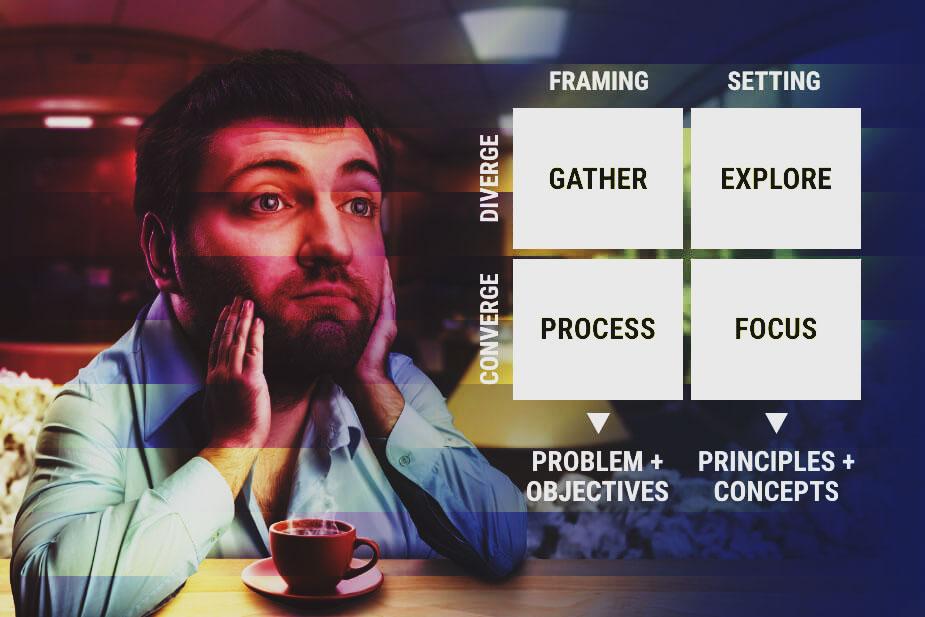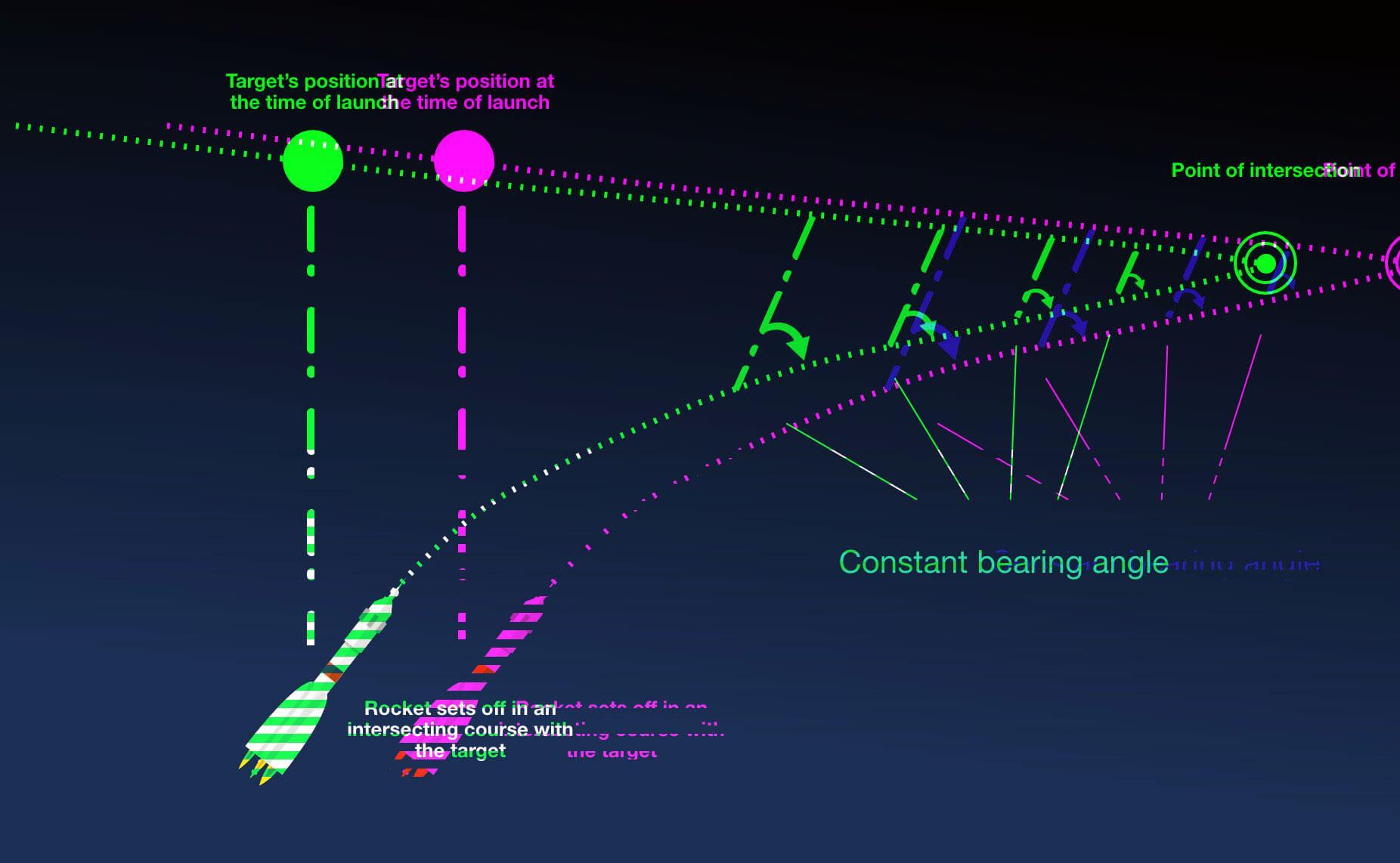When we imagine the ideal creative process, we think of a room of diverse, interesting and, of course, incredibly creative individuals bouncing ideas off each other to come up with the perfect concept; one that will be so effective, it will turn heads and outperform expectations. But those of us in the industry know all too well that “executive interference” is a common impediment to the creative process (divergent and convergent thinking). If not held in check, it can easily sideline creativity and disrupt progress.
Interpreting Suggestions vs Direct Orders
Here’s a scenario that may sound familiar:
You’re walking down a hallway, sitting on a conference call or just working at your desk when – shazam! – the boss or the client is suddenly zeroing in on you, suggesting (with enthusiasm) that “we need a billboard” or “gamification” or a “widget” (insert idea here). “You know,” he or she says, “maybe something just like THIS!” aka HiPPO (Highest Paid Person’s Opinion). Our reaction is often just as comical – involving an immediate dash to peers, emergency meetings with lots of acronyms, and the rush to create a brief for exactly what they proposed.
Word for word. And, unfortunately, we’ve now entered a negative loop that’s difficult to escape.
Because that executive is, well, THE EXECUTIVE the teams tend to take their “suggestions” or “ideas” as direct orders. Which eventually leads the executive to wonder: Are my teams capable of thinking for themselves? Can I trust them to do what I’m paying them for vs. what I’ve thrown out at them? This lack of trust is felt by all involved, making creatives more nervous and far less creative… resulting in a final concept that’s one mere, mediocre step up from the original idea.

Employ Divergent Thinking
To break the loop, everyone needs to slow down. Start asking each other, “Why do we need a widget?” Or more importantly, “What did that exec mean when they proposed that idea?” Followed by the suggestion, “Let’s nail down the problem first, so we can recommend the best possible solution.”
In my experience, if the team thinks about what the exec really wants – the problem to be solved – and not what they suggested in the hallway, that exec is thrilled when we come back with better solutions.
This is true even in those scenarios where the exec literally expects exactly what they requested. If you have to provide that product first, fine. But then also take the time to understand what’s really needed and offer that more purposeful solution. Presenting both versions illustrates how talented your team is (and saves your sanity), while appeasing the suit in the corner office. You need to set this example with your team – to show that short sighted appeasement is not always the best foot forward.
At the end of the day, “executive interference” isn’t really the fault of the executive, but a crippling enabler driven by the team. The erosion of trust that occurs when the team is acting purely reactively vs. thinking for themselves and taking initiative shows a true lack of leadership. The company needs thought leaders that respect clients and their needs more than the organizational chart and where they fall. We need a dose of “healthy dissonance.”
Use Iteration to Hit a Moving Target
The key to go from clashing to working in harmony is to include the executive or client in the creative problem solving process as early as possible. Include them behind the curtain so they understand what the team’s process will be. All clients and executives appreciate the context regarding how we arrive at solutions, in the same way the creative team wants to avoid being fed solutions to be vetted.
It may not be science but, in a way, we need to approach it more like rocket science. Stay with me here. After a rocket launches from point A and heads for point B, it inevitably veers slightly off course. The gyroscope may show one reading, while the instruments show a slightly different one. But the gyroscope is always pointed in the right direction…so the computer processor has to make the necessary adjustments. And so it goes, from here to the moon, a constantly occurring series of adjustments turning what is predominantly a string of potential failures into ultimate success.

As creative teams, we also have a gyroscope; working in the same fashion, knowing where it is we want to go and making those slight adjustments to get us there. These adjustments and the courage it takes to make them every day are what creates real power for the organization – the power to finish the journey on course. Not by wasting time or budget or creative resources that would otherwise burn out into deep space.
What am I getting at? I’m getting at why I’m proud to be a part of the MI team. On a daily basis, we support each other and maintain a healthy dissonance, resulting in a highly functioning gyroscope, with great ideas, fantastic solutions and very happy clients. Yes, it may take hard conversations and some red faces (along with a focus and refocus to define problems), but one thing we never do is just vett solutions that are thrown at us and try to retrofit them to make them “kind of” work. We work as a team to develop the most straightforward path to the moon, so we can plant our flag and come back with some really cool rocks.


